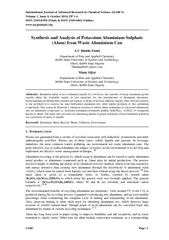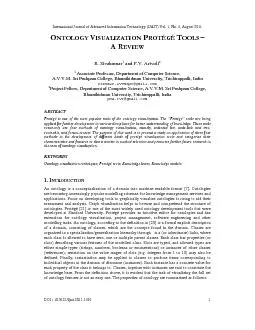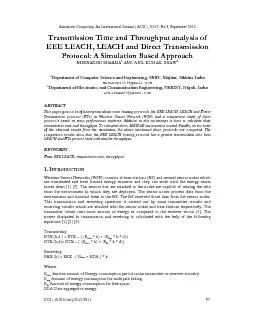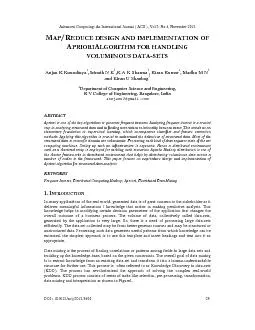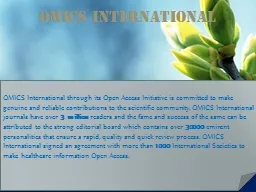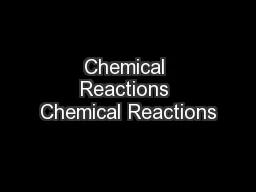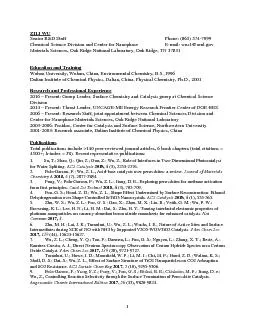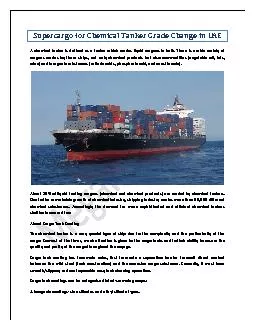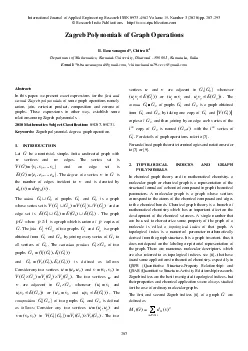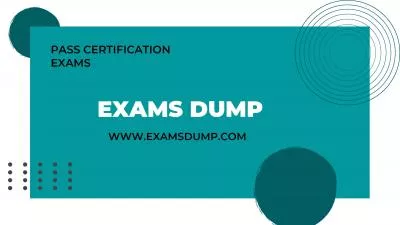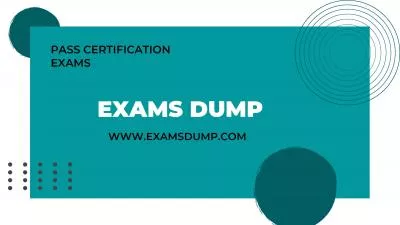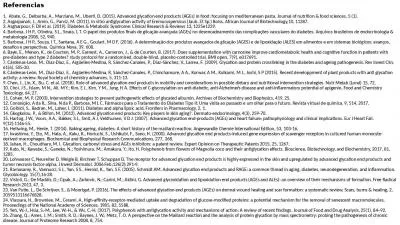PDF-International Journal of Advanced Research in Chemical
Author : olivia-moreira | Published Date : 2015-04-27
arcjournalsorg ARC Page Synthesis and Analysis of Potas sium Aluminium Sulphate Alum rom Waste Aluminium Can AU Birnin Yauri Department of Pure and Applied Chemistry
Presentation Embed Code
Download Presentation
Download Presentation The PPT/PDF document "International Journal of Advanced Resear..." is the property of its rightful owner. Permission is granted to download and print the materials on this website for personal, non-commercial use only, and to display it on your personal computer provided you do not modify the materials and that you retain all copyright notices contained in the materials. By downloading content from our website, you accept the terms of this agreement.
International Journal of Advanced Research in Chemical: Transcript
Download Rules Of Document
"International Journal of Advanced Research in Chemical"The content belongs to its owner. You may download and print it for personal use, without modification, and keep all copyright notices. By downloading, you agree to these terms.
Related Documents

